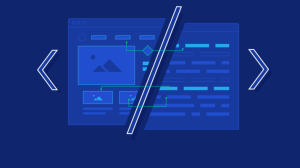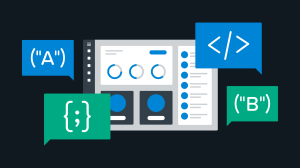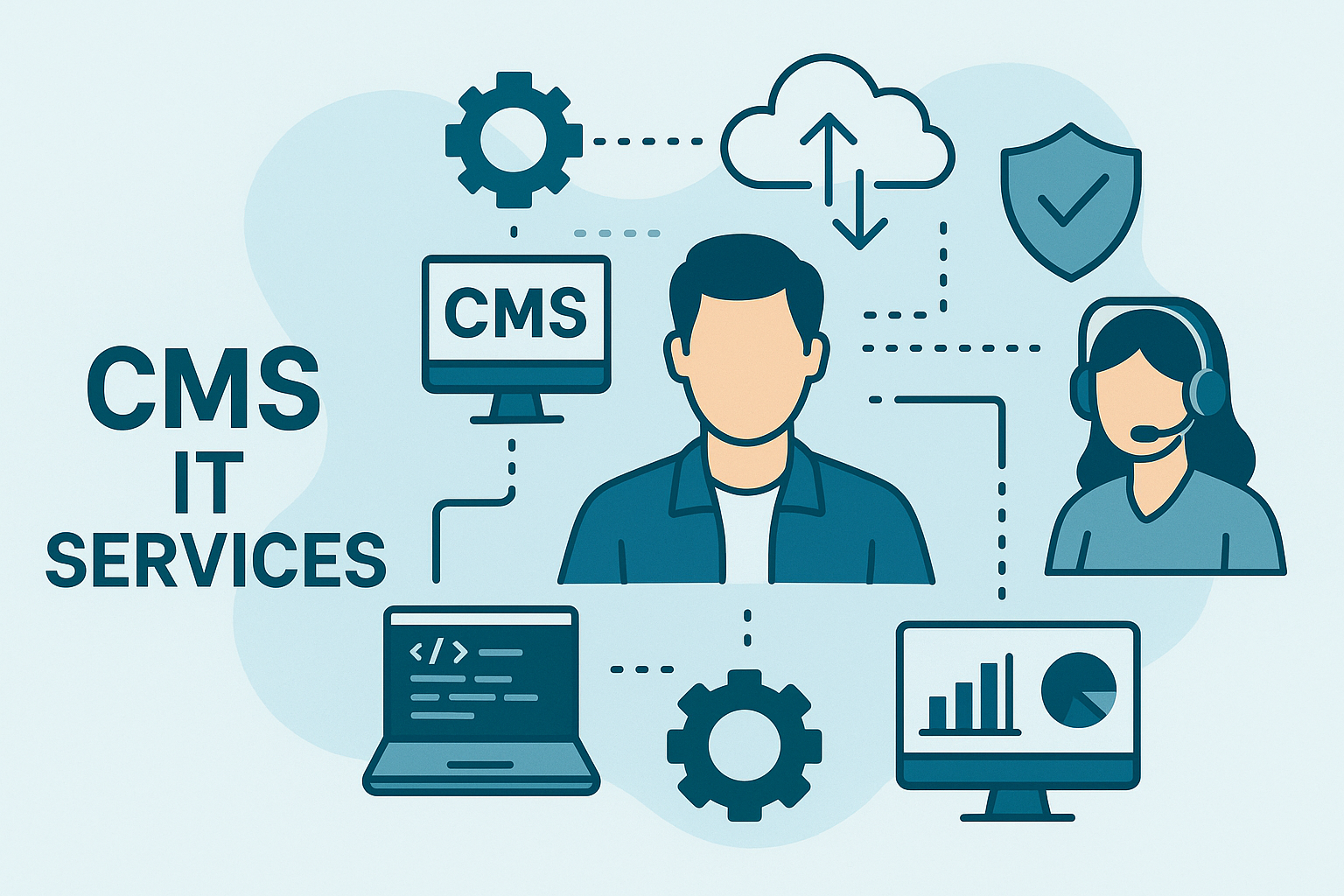Introduction
One’s got to think of web application development as an aerodynamically dynamic area for creating interactive applications on the web meant for access through web browsers. While these could differ in functionality when compared to regular desktop software, they do deliver on a “one application fits all-computers-and-mobile-devices” type of experience. As times change, so do the demands for employing competent web developers for the seamless web application development process-the wheels of innovation and a different kind of digital landscape will constantly keep turning.


Definition of Web Applications
A web application is usually referred to as an interactive program run over a network, which in most cases is the internet, using a web browser as an interface. Unlike the native applications that run on a certain mobile device or operating system, web apps run via a purely web-based interface hence they are platform-independent. They are built using combined technologies for web development, such as HTML, CSS, and JavaScript, which provide rich interfaces and functionality. The development cycle forms a complete set of coding, testing, and rollout processes that overall ensure an experience that is engaging and user-friendly to support their work needs.
Importance of Web Application Development
In the present age of digital renaissance, web application development is the driving force for innovation and accessibility. Web apps give businesses a best marketing tool to widen their audience base offering services and information over a platform-independent medium. A properly designed web application strengthens user experience, streamlines operations, and so promotes consumer engagement. Thus, the never-ending growing demand for skilled web app developers in both front-end and back-end development proves that it has its significance for the modern software development industry.
Difference Between Web Apps and Mobile Apps
A web is one kind of application that can be installed or accessed via a web browser. There is no need to install anything on the mobile phone or, for that matter, on the computer. Mobile applications are, on the contrary, native applications that have been developed for a specific operating system such as an iOS/Android-that must be downloaded from an app store and installed on their devices. In most cases, web application development is aimed for cross-platform usability while in the case of mobile application development, it focus more about optimizing the performance and features for particular mobile devices. A decision will be made between a web application and a mobile application based on the project requirements, target group, and user experience intended.
Web Development Technologies
Brief View of the Application Frameworks in Web Development
Application frameworks give a structure to web application development by making it possible to develop applications efficiently. Angular and Node.js are among the many web frameworks that provide many prebuilt components, libraries, and tools that reduce coding and enforce best practices. By using web application development frameworks, developer productivity is increased, development time is minimised, and consistency is guaranteed in architecture across development projects. This approach allows developers to concentrate on unique features and functionalities that will improve the overall user experience.
Programming Languages that Are Used in Web Development
Many more programming languages have proven significance and importance in web development; JavaScript would be on top of the list since it is very important for front-end development, which involves communicating with very interactive and dynamic user interfaces. The very popular back-end languages like Python, Java, and PHP assure server-side logic with data management and app functionality. Choice of such languages relies on their difference with respect to types of applications, performance requirements, and expertise of developers. These programming languages are considered essential learning for constructing very thorough, scalable, and robust web, desktop, and application solutions.
Introduction to HTML, CSS, and JavaScript
HTML, CSS, and JavaScript are the three cornerstones of front-end development and are must-haves in web technologies. HTML defines the structure and content of web applications; CSS defines how those applications present visually; and JavaScript adds interactivity and dynamic behavior. It is therefore very critical to have a strong grasp of these three languages on the part of front-end developers. If HTML, CSS, and JavaScript are mastered, then developers can create engaging, user-friendly web-based applications enhancing user experience and overall web design considerably.
Front-end Development
Front-End Developer Duties
The practical application of building an interactive web application has traditionally been delegated to front-end developers, who implement design or usability concepts within the web development environment. The front-end developer codes the implementation for the user interface, responds to requirements to make it responsive across all screen pixels and browser widths, and optimizes the user experience. An established front-end developer is familiar with HTML, CSS, and JavaScript and works in close association with web designers and back-end developers in dynamic web application delivery. Front-end developer work indeed makes important differences to users in their engagement with web applications.
Front-End Development Tools and Frameworks
The performance and maintainability of frontend development are vastly dependent upon diverse tools and frameworks of development to intensify the efficiencies. Code editors like VS Code, package managers like npm, and even version-control systems such as Git are in fact, speeding up the process of coding. A collection of frameworks like Angular, React, or Vue.js also sets up quite a well-structured architecture with reusable components to develop web applications. To some extent, the right combinations of developing tools and frameworks play an important role in optimising the process of development of web applications as well as the final product quality.
App Development
Mobile Application vs. Web Application Development
An important thing to consider during application development is whether to go with mobile application development or web application development. Mobile apps can be described as native apps targeting one or more particular operating systems—for example, iOS or Android—to take full advantage of certain device-specific features in terms of performance and consumption. On the contrary, web applications are created to work on web browsers and thus for support cross-platform usage. The decision of which application type depends on the kind of target audience, desired features, and the cost of development. Generally, a web application is cheaper as compared to a mobile one, which is, though, an advantage when it comes to usage.
Choosing the Good Development Tools
Choosing the right development tooling is very important for a good cross-platform app development workflow. In the mobile app development area, developers can either go with the native app development kit or cross-platform frameworks such as React Native or Flutter. The web can be developed in JavaScript frameworks, typically Angular or React, combined with HTML and CSS for styling. Integrated Development Environments (IDEs) like VS Code or Xcode are very convenient while coding and debugging, or testing. Version control systems (VCS) like Git are essential in development because they facilitate collaborative development projects, speeding them up and ensuring code quality.
Best Practices for App Development
Best practices are an extremely important factor in the success of app development. Best practices might include writing clean, maintainable code, testing thoroughly, delivering on time, and focusing on user experience. Agile development methodologies ensure iterative processes always have room for some feedback. Security is the next thing on the list, which includes data encryption and strong authentication. Documentation of code and adherence to coding standards facilitate collaboration among team members during the development process. By adhering to these best practices, developers will be able to build trustworthy, scalable, and user-friendly web apps while benefiting from the entire process and satisfaction in web app development.
Conclusion
Emerging trends and user expectations are redefining the future of web and app development. The world of progressive web apps (PWAs) is rising into the limelight with their so-called buzzword ‘mobile app-like experiences,’ all running, of course, in a web browser. Serverless architecture and cloud platforms such as AWS give resources for building highly scalable and efficient applications. AI and ML found their way into web applications to a great extent to either enhance the end-user experience or to render certain tasks automatic. All these low-code and no-code platforms serve to democratize app development, allowing non-developers to create web applications with the utmost ease. It is important for developers to stay up to date on these trends.



